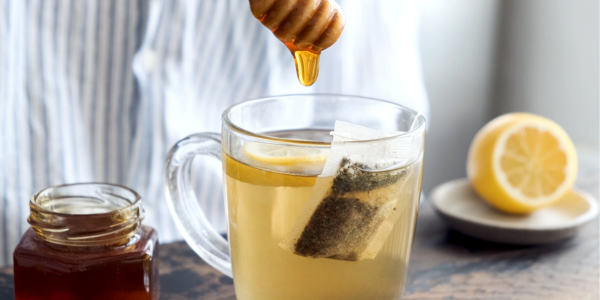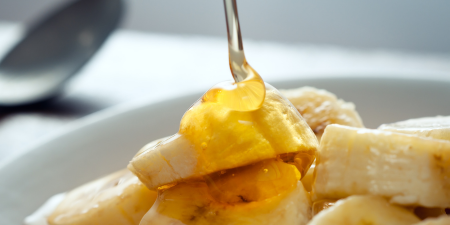Once the honey bees finish up a busy season of collecting nectar and making honey, it is time for the beekeeper to extract the honey and prepare it for bottling. The top layer of wax is cut off the fully capped honeycomb. The frames are then placed in a machine called a centrifuge that spins to extract the honey.
The honey is gently filtered to remove any large pieces of beeswax or propolis that were included in the extraction process. The honey is stored in large barrels until it is ready to be bottled. If the honey has crystallized during storage, it is re-liquefied before bottling.
Once the honey is bottled, it is ready for you to enjoy in your home. That’s it!






